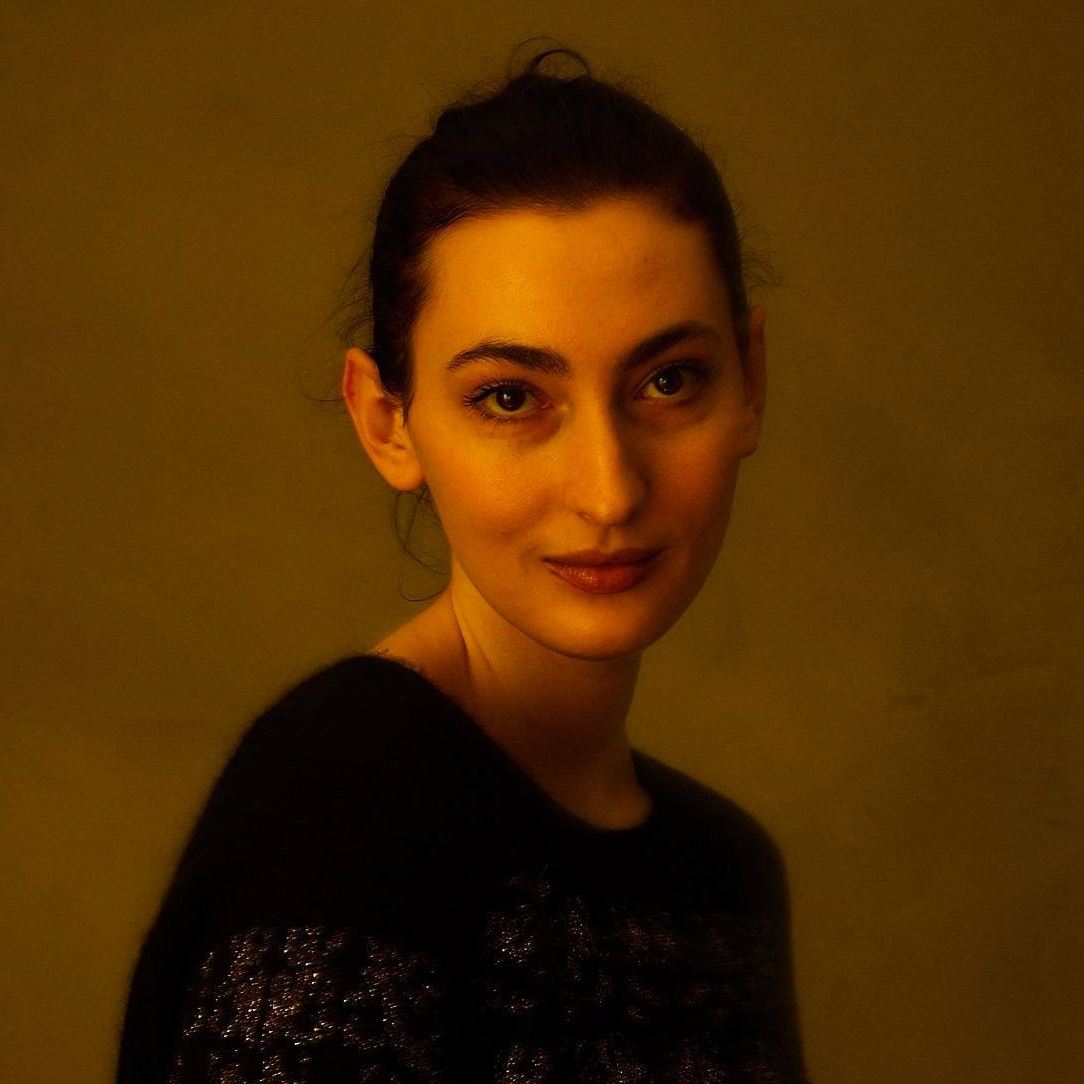Untitled (Turkménistan). © Shepard Sherbell, courtesy of the artist and the MUUS Collection.
"Untitled (Army of the Ukraine officers meeting, Kiev). March 1992." © Shepard Sherbell, courtesy of the artist and the MUUS Collection.
In the ...

Untitled (Turkménistan). © Shepard Sherbell, courtesy of the artist and the MUUS Collection.
"Untitled (Army of the Ukraine officers meeting, Kiev). March 1992." © Shepard Sherbell, courtesy of the artist and the MUUS Collection.
In the ...



You’re getting blind.
Don’t miss the best of visual arts. Subscribe for $9 per month or $108 $90 per year.
Already subscribed? Log in